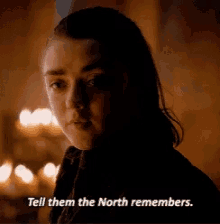All sports produce underdog stories. Leicester City wins the Premier League. Iceland makes the World Cup. Kapil Dev leads India to a World Cup victory at the birthplace of Cricket. Billie Beane and his Oakland Athletics perform above their ability with an innovative way of player recruitment. While such stories are rare — this rarity is what makes them special. Each story is unique in its own way but their rhythms are familiar.
There is, generally, a charismatic coach who dares to take challenges out of his comfort zone. There is either a group of players with something to prove or a squad of homegrown players who dream of reaching the promised land with their local team. Most of the time, there is some sort of behind-the-scenes advantage — an edge that will hold for a year or two until everyone else adopts it — or some bold new style of play that has an element of surprise, a fresh breath of air.
What makes the story written by Bodo/Glimt is that it contains all those elements and many more. Toothbrush, Meditation, Thunder and Lightning — FK Bodo/Glimt is an amalgam of things which may seem weird from the outside when you get to know the context, you will be surprised.
Historically, it was considered that the teams from Northern Norway will never reach the level of their Southern rivals. The discourse was at such a level that there used to be a different Domestic cup involving the participation of teams from the North. The Northern teams were even shunned from participating in the national top league. This excluded the teams from major cities of North Norway: Tromso and Bodo.
A change of decree in 1963 allowed Northern teams to take part in the Norwegian FA Cup and this change in rule eventually paved the way for the right of inclusion for Northern teams in top flight in 1972. But there was still a sense of bitterness among the people in the North because of this change in rule.
From 1973 onwards, Norway had three second divisions: two divisions for southern teams and one for northern teams. The first-place holders in the two southern divisions gained instant promotion, but the first-place holder in the northern second division had to compete in play-off matches against the two second-place holders from the south.
Bodo/Glimt became the first ever team from the North to win the Norwegian FA Cup in 1975, also the first team ever from lower division to win the cup. They also went unbeaten in regular league season yet they ended up losing in promotion play-offs. Now, you can imagine why the people from the North were frustrated. But among this frustration rose a symbol which has become an identity of the club: Toothbrush.
In a 2nd division match, one fan: Arnulf Bendixen was getting restless at the inability of fans to chant at the top of their voice. He asked for a baton in order to conduct the chanting but he rather got- you guessed it right- a toothbrush from a salesperson sitting in the stands. From then onwards, the toothbrush became a symbol for the supporters.

Eventually, Bodo/Glimt found their way into the top flight. In their debut season at top level, they ended up finishing 2nd in the league, just shy of Lillestrom — who also bested Bodo/Glimt in the cup final. This modest success increased their fan following. A 4 year stay in top flight ended in 1980 which started the darkest period of the club with the club dropping to regional league and losing their professional status.
As they say: at the end of the tunnel, there is light. If the 1980s was darkness, then 1990s was the Lightning for Glimt (which actually translates to Thunder and Lightning). With coach Jan Muri in charge, Glimt was promoted to 1st division. The following season they hired Trond Sollied as coach, and the team won the 1st division in the 1992 season. At last, in 1993, Bodø/Glimt was back in the top-division, and as in the debut season of 1977 they took 2nd place in the league. This time they also managed to win the cup final, defeating Stromsgodset 2-0. The victory in FA Cup was the crowning of three remarkable seasons, going from 2nd division to 2nd place in the top-division in only three years — an achievement rarely seen in the Norwegian league system.
Over the course of the next decade, the club had a topsy turvy ride — eventually becoming what is called a “Yo-Yo team”. A good league and domestic cup campaign followed by a relegation fight. After a 16 year stay in the top flight, the club suffered relegation yet again. Next few years saw the club shuffling between top division and dropping back to second division Eventually, it resulted in financial difficulties at the club, reaching to the point that club had almost next to zero money and faced the expulsion from 2nd division. And that’s where the fans come in.
Bodo is a small city with a modest population of just 41,000. They play in a 6,000-seater stadium yet they have a close relation with the fans. Bodo is a city which not only houses the Norwegians but also the indigenous Sami people, Finns and Russians — came together and pitched in to raise money for the club. In 2012, the club started to lay foundations- from which the entire club and the community is reaping benefits in present day. After enough research and planning, the club decided to take a long-term approach in order to become self-sustainable — laying down a 10-year plan in which they decided that 35% of league minutes are to come from North Norwegian players, of which a certain percentage should be from players who had come all the way through the Academy.
FK Bodo/Glimt started investing more on grassroot level, starting the work with U12 players. Bodo involved 8 grassroot level clubs around their municipality- collectively investing in them and taking cream of the bunch on a 2 days-a-week training schedule at the club to complement their learning at respective clubs at grassroot level. Slowly and steadily, players progress through age categories- eventually reaching U15 level where National league starts and the mandate governs that clubs are allowed to play players from their nearby regions. Thereby, Bodo eventually started getting the cream of the bunch at this level- in line with their long-term goal.
In 2016, the club assigned Aasmund Bjorkan as first team manager and brought in a relatively unknown Kjetil Knutsen as his assistant. Club suffered yet another relegation from the top flight but the club decided to stick with the duo. Bjorkan paved the way for yet another promotion to top flight but he decided to step down as manager, taking the role of sporting director. Knutsen took over as manager. And this was the start of a fairy tale journey which no one would have even imagined.
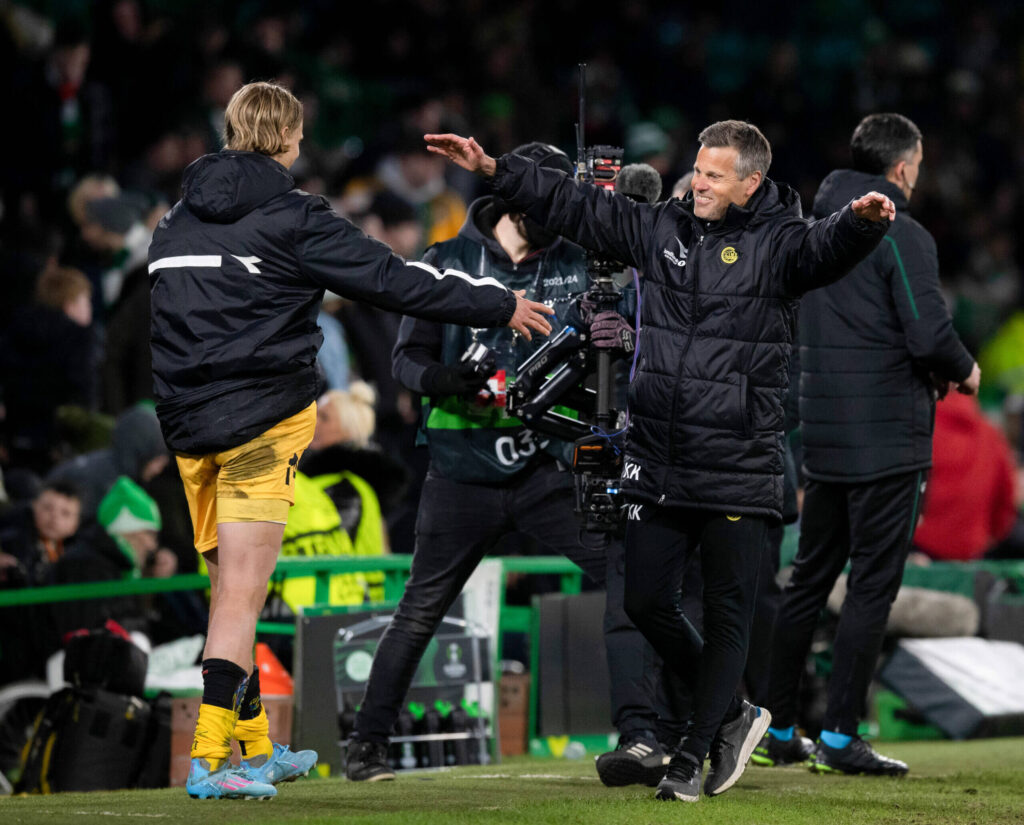
Kjetil Knutsen: Managerial Profile
Kjetil had moderate success as a manager in lower divisions of Norway before taking up the role of Head of Youth Development at top division side Brann. After leaving this role, Knutsen joined Bodo/Glimt as assistant manager.
Aasmund Bjorkan and Kjetil Knutsen formed a great partnership. When Bjorkan stepped down as manager to move upwards as sporting director, he appointed Knutsen as manager. First step which the Knutsen-Bjorkan duo took was to find a new Head of Youth Development. Club had to go overseas, all the way to England to get Gregg Broughton. Gregg had worked as HoYD at Luton Town and Norwich City- seeing the development of players like James Maddison, James Justin, Max Aarons, Jamal Lewis, Ben Chilwell to name a few.
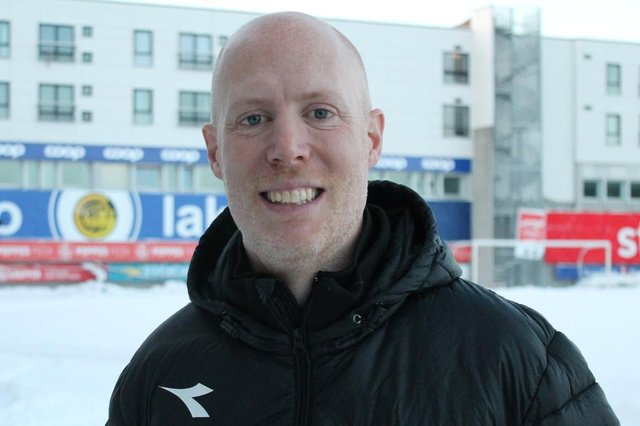
Kjetil has always tried to ease the expectations of his players, focusing on performance instead of results. He feels that if performance is good and consistent, then results will follow. According to him, focusing on results first and performance second first adds undue stress on the team and is not beneficial in the long run.
Kjetil also brought with him another unknown entity in the footballing world – Bjorn Mannswerk in full capacity to work with the squad. Bjork is a veteran, having served in the Norwegian Air Force: 2 tours of Afghanistan and Libya each which also included various rescue missions. Bjork was brought in to work with the academy players and senior squad to improve on their mental conditioning, using his own experience in the Air Force- right from training in military academy to field assignments.
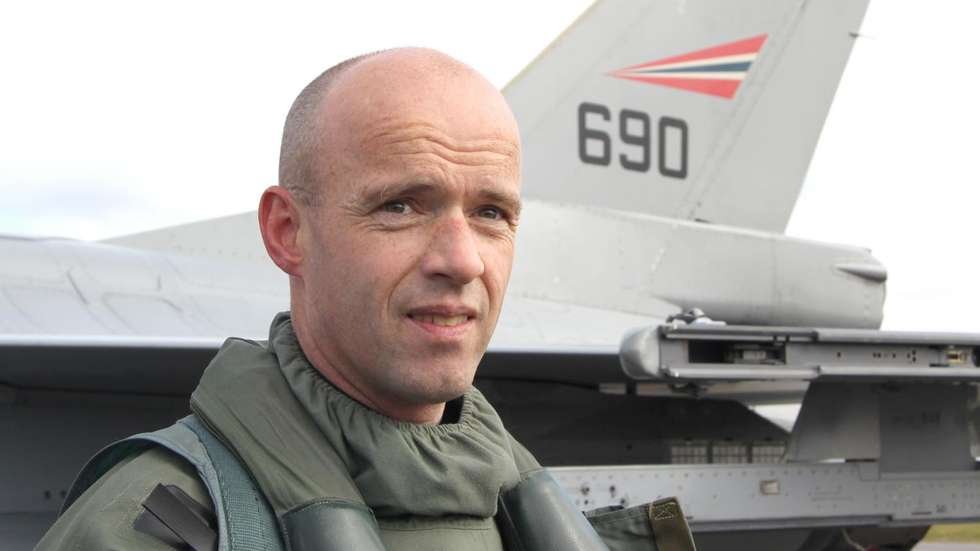
He has done one-on-one work with the players towards their character development, helping them to control the situation and being in the moment- which Kjetil also emphasises on. While many clubs just do the talking on the same topic, Knutsen actually does the action. He doesn’t force his players to do extra work or run themselves to the ground- for him, all of this should come from within. And it will come only if you are happy and fit- both mentally and physically. And that’s where Meditation comes in. Every team, right from youth to senior level does a 30-minute meditation session before their training.
The best example of this character development has to be of Ulrik Saltnes, the club captain. Ulrik had lost interest in football and even considered retirement in 2017, facing severe anxiety attacks before the matches. Three years after this onset of anxiety, he led his boyhood team against AC Milan at San Siro in a crunch UEFA Europa League qualification match.
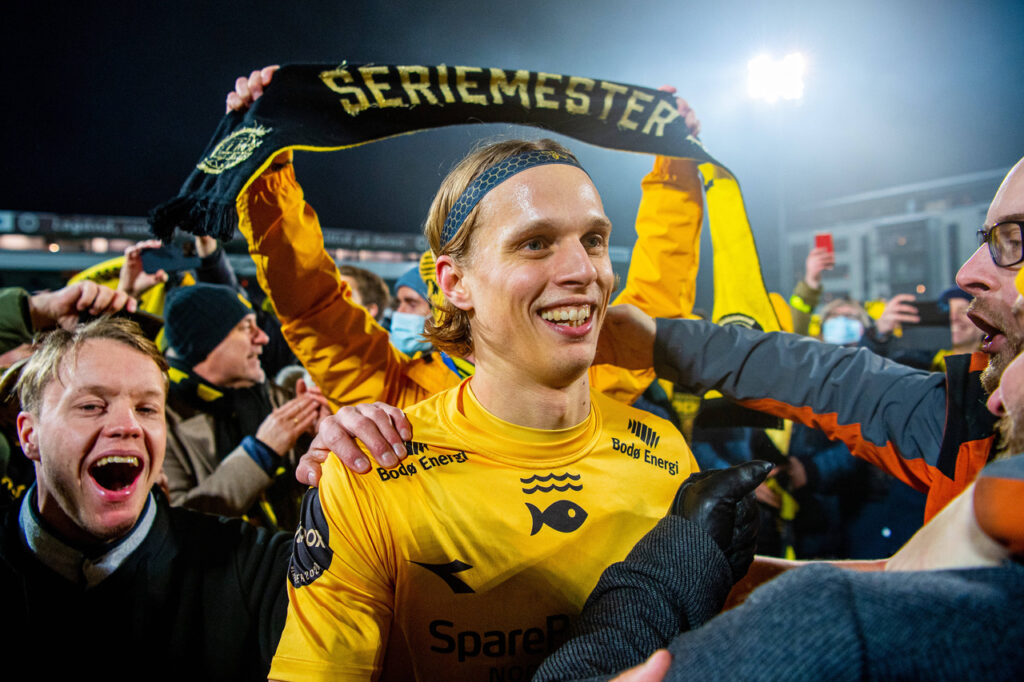
Transparency is yet another thing on which the Norwegian manager has put a lot of emphasis. Players are free to discuss anything- football or non-football. Their voices are heard and respected. This thing in football is taken as a sign of weakness from manager’s point of view elsewhere but it isn’t the case at Bodo/Glimt. Players who have played under Knutsen collectively have appreciated that they have not only improved as a player but they have become a better version of themselves as a human being.
Tactical Profile
There is almost a poetic simplicity to the Bodø/Glimt system. One of the main factors contributing towards their success in the last 3 years has been their ability to keep a strong and consistent XI in which everyone knows their exact role. The manager has created a tactic that doesn’t change too much and doesn’t over-complicate things. Players are scouted, recruited or coached from within to fill each role and position. Kjetil Knutsen goes with a standard 4-3-3 shape during possession phase and 4-1-4-1 out of possession. Knutsen’s playing style revolves around dominating the ball using a positional play system in possession and counter pressing the opposition using a high block out of possession. When they have the ball, they try to use the width of the pitch. This allows their positional play to work. They try to control the game by keeping possession of the ball but their passing is direct and vertical.
Defensive Style
Knutsen’s team tries to squeeze the opposition into their own half as much as possible. Glimt uses a high block whenever possible and presses the opponents relentlessly. Counter pressing the opponent is a major part of their game. It prevents the opposing players from having time to look and play the ball into the space left behind. The players press with purpose and have the positional awareness to cover each other if necessary. They combine the man-to-man approach of counter-pressing and counter-pressing in certain zones.


When they are pushed back into a mid-block, they revert back to their compact 4-1-4-1 shape. The holding midfielder often has to vary his position creating a 4-5-1 shape at times. If the opposition is not moving the ball forward, one of the central midfielders tries to push forward to press with the striker. The holding midfielder then steps into his place creating a momentary 4-4-2 out of possession.


Build-up Phase
The most common shape Glimt takes up in the build-up phase is 2-3-2-3. The front three pin the opposition’s defensive line back towards their own goal. This allows FK Bodø/Glimt to have numerical superiority in the build-up. They make sure to make the most of this and use it to a devastating effect. It is a relatively simple concept yet incredibly effective.

Glimt made a staggering 1000 progressive runs in the 2020 league season, the team with the next most had 610, almost half of Bodo/Glimt’s tally. Taking these figures in per 90 minutes metric, it tallies up to 31.6 progressive runs which is double the league average in the Eliteserien. This is because of their ability to create and find the free man in the build-up.
Attacking Phase
In the middle and final third FK Bodø/Glimt form an asymmetrical 2-3-5 shape. If the play develops quickly then the 2-3-5 shape is formed from the wingers staying wide and the 2 offensive minded midfielders (or #8) occupying the half-spaces. Full backs will occupy the space vacated by the midfielders by inverting into the field, forming the ‘3’ of 2-3-5.
This 2-3-5 shape is very flexible. If the team was patiently building up from the back but unable to break the lines then the wingers often come inside into the half spaces. The #8’s drop deeper to make a midfield 3. The width must be maintained at all times so full backs end up taking on this responsibility, positioning themselves higher up the pitch and using the width of the pitch.


Third man runs are a key component of Bodo/Glimt’s attacking phase. It requires collective understanding and recognition of the situation (this is where Mannswerk’s work on mental conditioning comes in). The ball can be moved quickly via one-two touches because of the constant passing options available to the players due to their positional play.
Although Glimt keeps the width at all times, they don’t cross a lot. They rather try to work the ball into the box. They only cross 14.41 times per 90 minutes, the 6th least in the Eliteserien but their crossing efficiency is among the top most percentile.
Transitional Play
Bodo/Glimt have had the most possession, the greatest number of passes attempted and completed in Eliteserien and least number of long passes attempted. These stats will give you an indication that they are keeping the ball just for the sake of it but the reality is different. Their playing style is direct. They are ruthless and lightning quick on the break, aggressive with and without the ball. (Justifying their name after all). Runners are trained and coached to make marauding runs in transitions which helps them to create overloads and numerical superiority. Two players immediately go wide to offer passing options and three players move in between the defenders. The ball carrier progresses until he pulls a defender in. This simple yet effective set-up has taken Bodo/Glimt to new heights, which even their players and fans couldn’t even imagine. A modest 11th placed finish in their first season back was followed by a 2nd placed finish in the league, narrowly missing out on the title. This ensured that Glimt will take part in Europa League qualification rounds. The squad was made up of majority of players from Northern Norway with many local lads- the likes of Fredrik Andre Bjorkan (son of Aasmund Bjorkan), Patrick Berg- son of Orjan Berg who is a coach at U17 and U19 level and ex-player of the club. His uncles Runar and Arild also played for the club while his grandfather Harald is hailed as the best player to play for the club. Club captain Ulrik Saltnes came all the way from U11 to senior team. Hakon Evjen is another player who came up all the way from U11s to the senior team. Andreas Schjelderup was in U19s when he was signed by FC Nordsjaelland and he became their youngest debutant and scorer. But the Crème de la crème has to be Jens Petter Hauge, who became the first player from this revamped youth system to pick up his senior call up to the National team. Born in a family of die-hard Rossoneri supporters, Jens fulfilled a dream of his father when he played at San Siro. He not only played but scored a brilliant solo goal, even picking up man of the match award despite the fact that AC Milan won the match. A week later, he completed his switch to AC Milan in a then record sale for the Norwegian club.
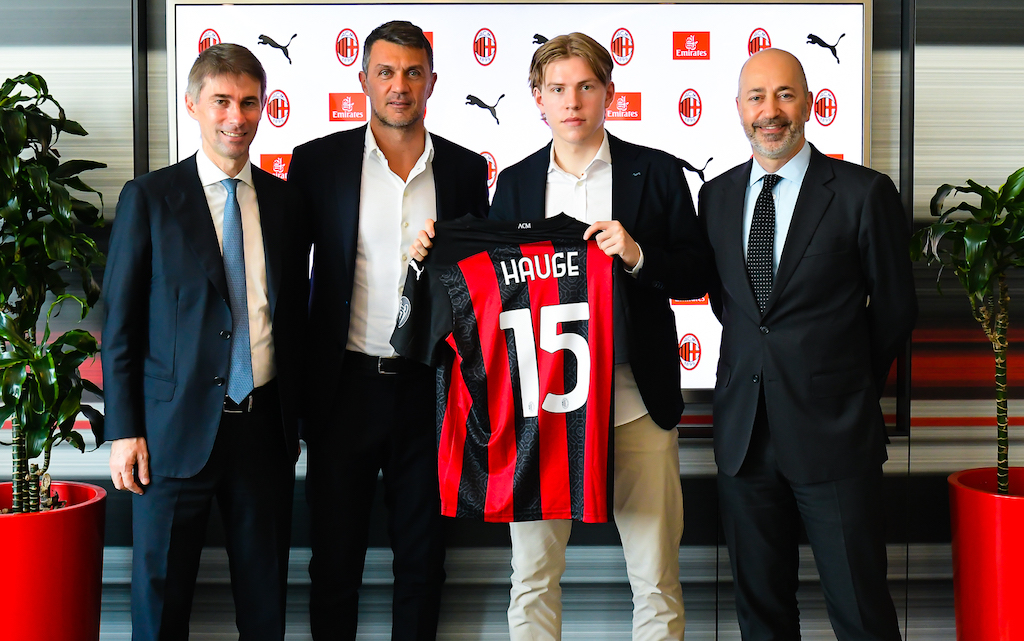
Their 2020 league campaign started very well, the team yet again defying the odds of relegation. By now, they had perfected their performance and it was starting to reflect in terms of results. A record breaking 26 wins, 3 draws and single defeat and staggering 106 goals scored in just 30 games catapulted them to their maiden league title, becoming the first ever side from Northern Norway to win a league title. A barrage of sales and bringing in replacements from academy coupled with shrewd signings from other clubs brought criticism from many that they cannot retain the title. A third of the 2021 league campaign was up and Glimt was 6th, but they went on a 20-match unbeaten run and eventually won the title yet again. Meanwhile the club was eligible to take part in Champions League qualification rounds. But they dropped from UCL Qualification to UEL Qualification and all the way down to qualification rounds of the newly inaugurated UEFA Europa Conference League. They battled their way to the group stage of the competition, achieving their first ever participation in European competition.
But the story isn’t over here, it’s just the start. Jose Mourinho’s AS Roma, CSKA Sofia and Zorya Luhansk were their opponents. The Roman warriors were bested 6-1 when they travelled all the way to the Arctic Circle. Mind you. SIX GOALS AGAINST ONE GOAL. AGAINST JOSE MOURINHO. AGAINST AS ROMA. The fire in the belly of Roman warriors was of no match to the calm and composed, icy cool persona of this young Bodo/Glimt team. This was the biggest loss of Jose Mourinho’s illustrious career and it came at the hands of a bunch of boys from Norway. A big feat for not only Bodo/Glimt but Norwegian Football. This side carried the fiery aggression like that of Surtur yet they had the ice-cold and calm demeanour of Freya. A 2-2 draw in Rome was enough to win a place in knockout rounds, yet another achievement for the club.

Their opponents in the first knockout round were Celtic led by the mercurial Australian manager Ange Postecoglou who is also leading a renaissance of sorts at the Glaswegian club. This was a clash between 2 sides who utilise a similar tactical set-up and what added fuel to the fire was that Knutsen was actually moments away from joining Celtic’s arch rivals- Rangers when Steven Gerrard departed for Aston Villa. Bodo/Glimt travelled to the Highlands and came back with a 3-1 victory, reminiscing the glorious era of their ancestors who travelled to the same lands and came back with the spoils of victory. A 2-0 victory at Aspmyra Stadion was more than enough to land a place in Round of 16.
A tricky fixture against Dutch side AZ Alkmaar was awaiting them. First leg was in Bodo which ended in a 2-1 victory, a dramatic 90+1 minute winner from Ola Solbakken. With the home advantage now with AZ Alkmaar, they started on the front foot right from the first minute. Vangelis Pavlidis’ brace was then shadowed by Amahi Pellegrino’s goal for the away side. With the tie at 3-3 aggregate score and away goals rule a thing of the past, the match went into extra time. But this time, it was Glimt who was in the moment and controlling the momentum. A strike by the Icelandic Right Back- Alfons Sampsted was enough to take the aggregate victory in the Netherlands.
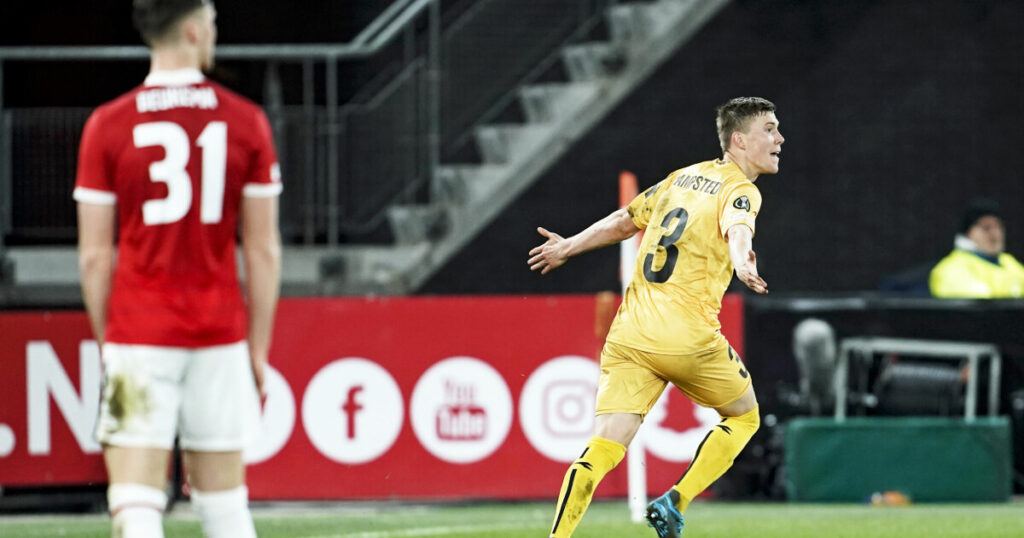
A historic quarter final place sealed and the story is still not complete. And their opponents? *check notes* AS Roma. Time for the Vikings to again defend their land against the Roman invaders.
50 years ago, who would have thought that any Norwegian team would come this far and that would be a so-called inferior team from the North of Norway. And they achieved it through their own unique way. The goals set in 2012 are fulfilling- Hauge, Berg and Bjorkan are Norway internationals already and many more are in the pipeline to follow their footsteps. But even by their modest standards, the team has punched above their weight. While from the outside, it will look like this is just a once in a lifetime story but in reality, it isn’t. Glimt are here to make their mark on European football and this is just the beginning.
After all, who in their right mind doesn’t love an underdog story? And to quote a certain someone: THE NORTH REMEMBERS!
